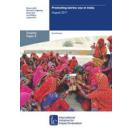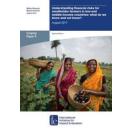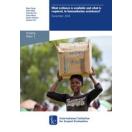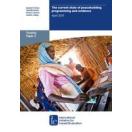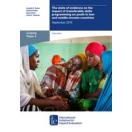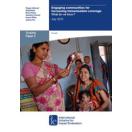
Engaging communities for increasing immunisation coverage: what do we know?
3ie Scoping Paper 3
Immunisation coverage rates continue to stagnate or even decline in some parts of the world. An estimated 21.8 million infants worldwide in 2013 were not covered with routine immunisation services. Nearly half of these children live in three countries: India, Nigeria and Pakistan.
The global community and national governments continue to look for novel ways to improve access to and use of immunisation services to reduce vaccine-preventable deaths. In this context, there is an increasing realisation that communities need to be more than just passive recipients of immunisation services.
In this scoping paper, Shagun Sabarwal, Raag Bhatia, Bharat Dhody, Subashini Perumal, Howard White and Jyotsna Puri, highlight the key role that communities can and should play in building demand for immunisation and in the planning and delivery of services. According to experts in the sector, programmes that are co-managed with the community are more likely to be successful than those that are not. The paper also shows that there is a clear lack of evidence on the effectiveness of community engagement approaches for increasing immunisation coverage.
